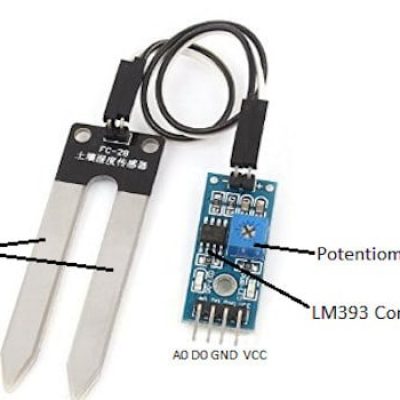Smart Garden
The smart – garden takes various sensor’s data and displays data to an LCD. It is also able to automatically dispense water for the plant to keep it alive and healthy without attention from the human.
Engineer
Ben A
Area of Interest
Computers / Engineering
School
Trevor Day School
Grade
Freshman
Second Milestone
For my second milestone
First Milestone

For my first milestone I connected and coded all of my sensors to the Arduino UNO the sensors each work on the same principals of variable resistance. The three different sensors are moisture, humidity, and temperature. The moisture sensor uses various strips of copper right next to each other however, they are not connected. When moisture surrounds the sensor it connects the strips which means the more moisture added to the sensor the less resistance outputting a higher value. The temperature sensor works on very similar principals. It uses to pieces of conductive material however it can tell how warm the air is by knowing the conductivity principals of air. The warmer the air the better it conducts, the cooler resists energy being able to pass through it. The last sensor, humidity uses two metal plates with air flowing through them to differentiate the resistance based on how much moisture is in the air. The moisture sensor also is able to accurately measure the content of water in the soil by using a precise current flowing over the body of the sensor along with the average conductivity to accurately portray the amount of water in specifically soil.
Starter Project
Demonstration
How it works
My Starter Project is the Tv B-Gone it uses infrared light to trigger the tv’s sensor and turn off the TV. Each TV responds to different patterns of light reflected off the sensor to perform various actions. When the button on the device is pressed it allows electricity to flow through to the integrated micro-controller which houses almost every on/off pattern for every tv. When the button is pressed this micro controller cycles through these patterns in a fraction of a second. The oscillator is the clock that keeps the micro controller’s patterns in time. Since the micro controller can not provide enough power for four IR-led’s so transistors are incorporated to provide a digital gate and to be used as an amplifier.





